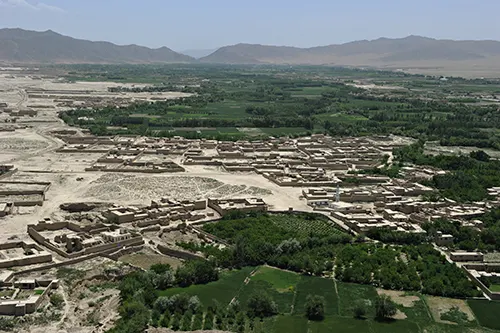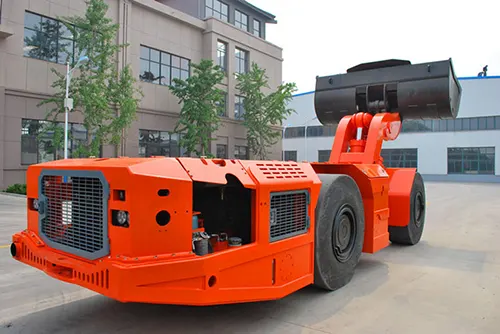Table of Contents
The Aynak copper mine is back in action! After 16 long years of waiting, planning, and overcoming countless obstacles, China is finally seeing progress on this monumental project in Afghanistan. The Aynak copper mine, located just 35 kilometers southeast of Kabul, is one of the largest undeveloped copper reserves in the world, with an estimated 7.05 billion tons of copper ore waiting to be tapped. This mine has the potential to produce over 220,000 tons of refined copper annually, with plans to expand to 300,000 tons, making it a significant player in the global copper market.
The History and Struggles

The Aynak copper mine isn’t new to the spotlight. Its potential was first recognized in the 1970s when the Soviet Union attempted to tap into its vast resources. However, due to various geopolitical issues, the project never took off. Fast forward to 2007, when the Afghan government opened the bidding process for the mine, attracting interest from major global players, including the United States and China. Eventually, a Chinese consortium, led by China Metallurgical Group Corporation (MCC) and Jiangxi Copper, won the rights to develop the mine.
In 2008, the consortium signed a 30-year contract to extract copper from Aynak, promising to invest over $10 billion in developing the site and its surrounding infrastructure. The plan included constructing a 400 MW power plant, a water pumping station, a fertilizer plant, and various public service facilities such as schools, hospitals, and mosques. Additionally, they planned to build a steel plant and a railway, essential for transporting the mined copper out of the country.
Challenges Along the Way

However, the road to progress was anything but smooth. The project faced significant delays due to local opposition, security concerns, and archaeological discoveries. The Aynak copper mine is situated in Logar Province, one of Afghanistan’s poorest regions. The local population, struggling with high unemployment and low trust in the government, protested the mine’s development, leading to delays in land acquisition and compensation.
In 2012, after some of these issues were resolved, the project faced another setback when it came under attack by armed groups, forcing the closure of operations. The situation calmed down by 2014, only to be halted again when a significant archaeological site was discovered near the mine. This discovery brought international pressure to pause mining operations to preserve the ancient artifacts.
To make matters worse, Afghanistan’s political landscape continued to destabilize, with frequent government changes and the rise of the Taliban further complicating the project’s progress. By 2019, U.S. troops had withdrawn from Afghanistan, and the Taliban had taken control of the country, leaving the future of the Aynak copper mine uncertain.
The Recent Resurgence

In recent years, however, there has been renewed hope for the Aynak copper mine. The Taliban government has shown interest in reviving the project, understanding its potential to boost Afghanistan’s economy. They have even gone so far as to protect the archaeological site near the mine, allowing for a compromise that could see both the preservation of history and the extraction of valuable resources.
A recent agreement between the Taliban and the Chinese consortium has allowed the project to move forward with specific technical limitations, such as avoiding the use of vertical shafts and instead entering the mine from the side. This presents new challenges for the Chinese companies involved, but it’s a compromise that both parties seem willing to make.
The Road Ahead
Despite this progress, many challenges remain. Afghanistan’s infrastructure is still in poor condition, with limited roads and no railways, making it difficult to transport copper from the mine to Kabul, let alone out of the country. The newly constructed roads and bridges connecting the mine to Kabul are a step in the right direction, but more work is needed to ensure the mine’s success.
The development of the Wakhan Corridor, a narrow strip of land connecting Afghanistan to China, has also been discussed as a potential solution to these logistical challenges. By improving this route, Afghanistan could not only better connect with China but also position itself as a key player in Central Asia’s economic development.
Conclusion
The Aynak copper mine represents a massive opportunity for both Afghanistan and China. For China, it’s a chance to secure a steady supply of copper, a critical resource for many industries. For Afghanistan, it could be the key to unlocking the country’s economic potential and improving the lives of its people. However, the road to success is long and fraught with challenges. The success of this project will depend on continued cooperation, security, and infrastructure development. After 16 years of waiting, the world is watching to see if this ambitious project will finally pay off.
Related Links
China’s Jiangxi copper & MCC to develop Mes Aynak Copper Mine




